how much does a game designer make in australia
Game design: Everything you need to get started

So, you want to get started with game design? Excellent idea, but what equipment do you need? Before we get going with all the fun stuff like modelling and lighting, we need to get organised. Life will be an awful lot simpler if we set ourselves up for success. We could just dive right in and make trees, write some music and start filling a terrain with random objects, but in reality that will lead to a lot of headaches, stress and lost time, as you spend hours searching for assets (these free 3D models might help there), digging through random folders and so on. Not fun at all! This article will run through exactly what you need to start your game design project.
We will need a structure to store and manage various types of assets, a computer system capable of running the software needed to build the game, the software to do so and storage with enough space for everything (including revisions). Let's take a look at all this in more detail and break down what we need and why. Want a new device? Here are the best games consoles around.
01. Elevate your workstation performance
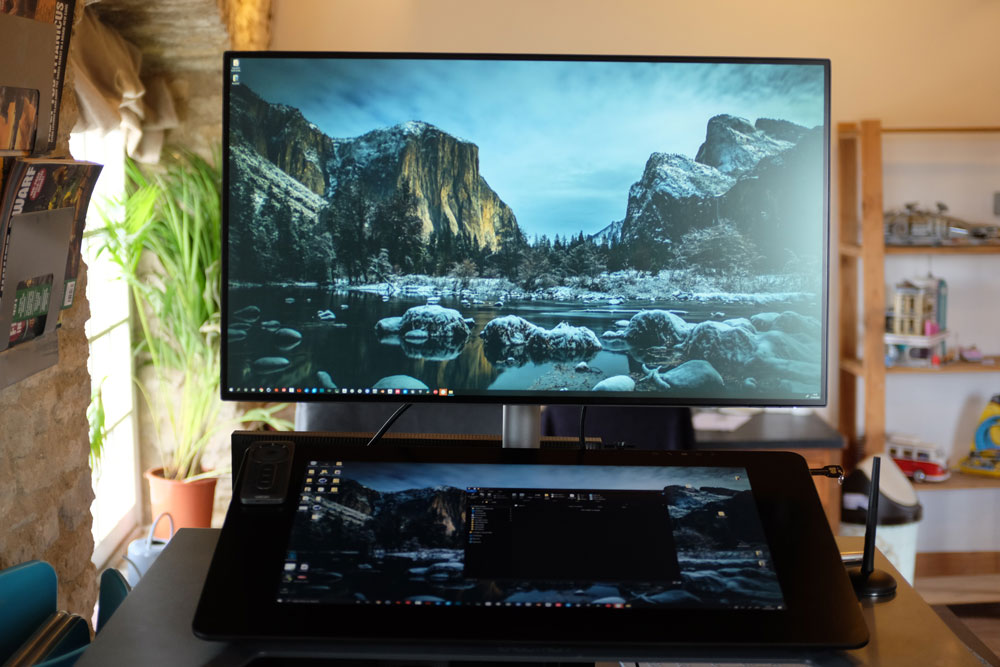
This is a big part of the equation and needs to be capable of all you ask of it. You will need something that is fast enough to run the software you want to use, in this case Unreal, Quixel Bridge, Photoshop and Cinema 4D (see these Cinema 4D tutorials to explore further), so you are looking at a reasonable processor, although these days a good GPU is important. I'm not going to talk specs here, as they change so rapidly that they could well be outdated when you read this. What I would recommend is looking at reviews and seeing what suits your budget and requirements most. The key here is to go for as much as you can afford. I'd also suggest looking for something with a GPU that will support VR, although this is less vital. However, I will be looking at using Unreal in a virtual environment in an instalment of this course. It's a very efficient way of doing layout but is also fun!
For a list of workstations up to the task, see this guide to the most powerful laptops and the top laptops for 3D modelling.
02. Upgrade your storage
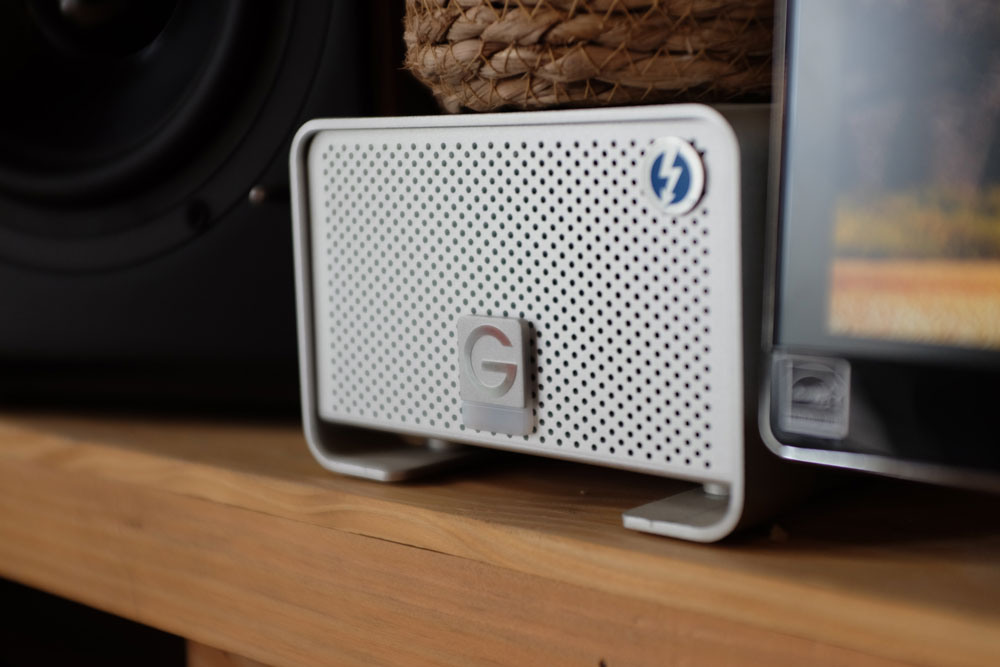
I cannot overstate the importance of good storage. You not only need enough storage to house all your assets, but plenty extra for your operating system, revisions and incremental saves. Calculate what you think you need and then double it. You'll also want to make sure that the storage is fast. This is obviously better for efficiency but also for your stress levels. Nobody enjoys waiting for big files to open. I'm a big fan of M.2 drives – these are lightning fast, cost effective and most modern motherboards have slots for a couple of these. At the very least try to have one that is your boot drive. Your machine will start up almost instantly and having a core system that has fewer bottlenecks is a good thing. You can of course run with just one big drive, but I prefer to keep projects on a separate drive.
The other option here, and what I choose, is to have a smaller, faster boot drive, then use a network drive or server to store the actual project. This serves a couple of purposes. It frees up your host machine, but it also means you can collaborate easily. I tend to work across Mac and PC in my studio, using Macs for texture painting and sound design duties, while my Windows machines are used for the 3D heavy lifting and video editing work. If you want to work across a small team this works well for that too. Plus, using network storage can often mean backups are seamless and automatic.
Want to upgrade your storage? Check out these picks of top cloud storage and guide to external hard drives.
03. Pick the perfect software
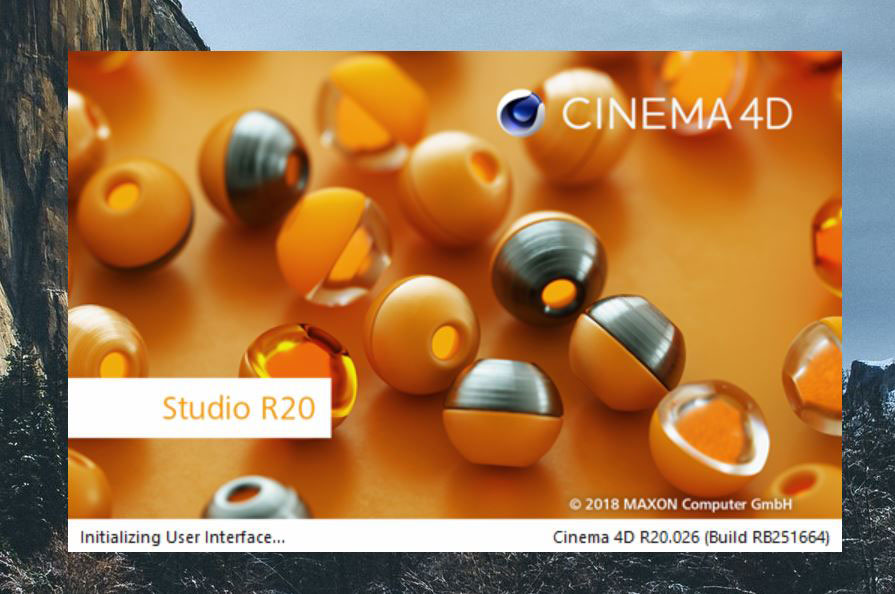
This one is both complex and really simple. Choosing a host application to model and texture your assets can be daunting and there really is no wrong answer, which can bring on choice paralysis. That said you can follow along and do all this for free. Epic's Unreal, which is our game engine of choice, is free, which is great. Now, I may be using Cinema 4D as my main 3D package, but you could just as easily use Blender (you'll need these Blender tutorials), keeping your costs down. In a similar vein you could bypass Photoshop for image editing and use something open source like Gimp. See here for more Photoshop alternatives.
As long as you have tools that allow you to complete the task, it really doesn't matter what name is on the box. That's all about personal choice and what feels like home. A caveat to this is if you need to fit into a larger pipeline, in which case using the same tools as the studio is a good idea!
For a complete list of software, here's a comprehensive guide to your 3D modelling software options.
04. Create a logical file system
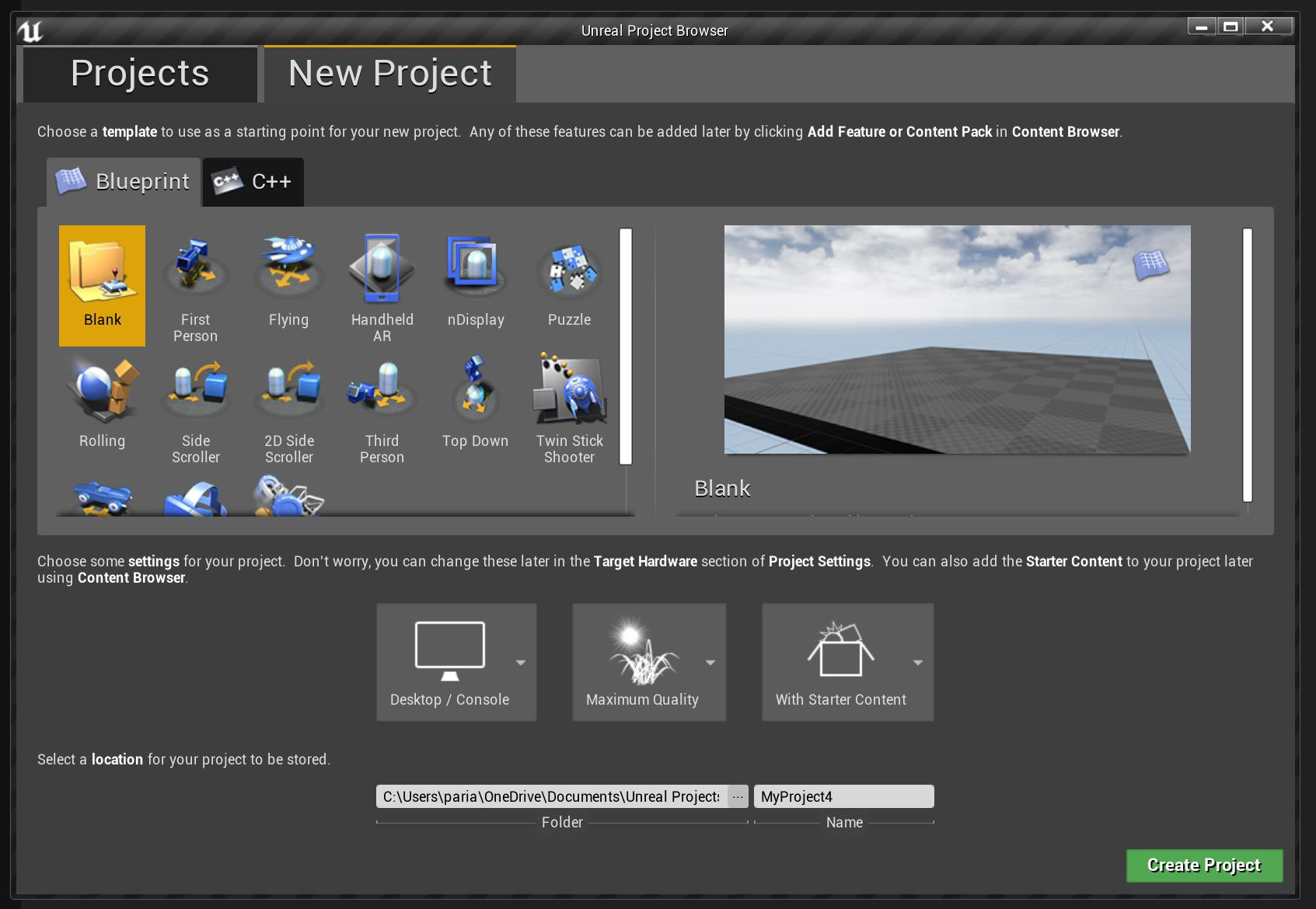
As mentioned you need to build a logical file system to store all the files you will be building over the course of a project. It doesn't matter if you choose a local drive, network drive or even online storage (my server is accessible from anywhere and backs up daily). The key here is keep things logical, as simple as possible while serving the project and clearly labelled.
I number my folders; this is less about a running order and more about keeping things consistent across projects. A top level of project name, followed by folders for things like admin, references, concepts, 3D models, Unreal files, etc is what you need.
05. Set out your production schedule
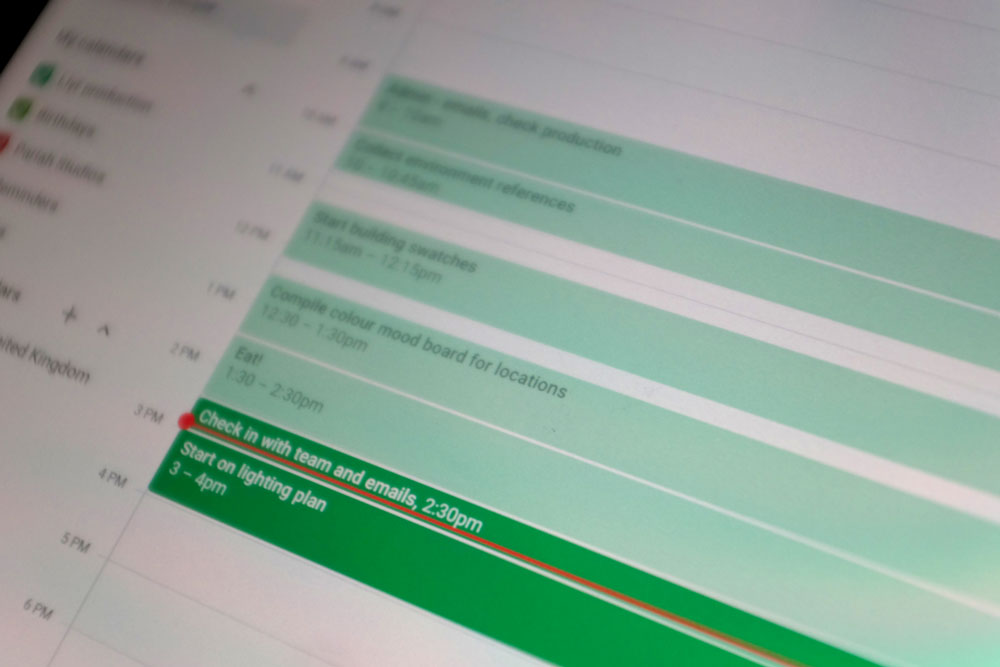
This sounds dry and dull, but it is so important and is what allows you to do all the fun stuff properly. Knowing what needs to be done when is essential, so once your concept is nailed down, create a list of tasks and the order in which they need to be completed. This isn't about specific assets to model but more broad, so the first task would be concept art, followed by bubble map and level planning, then asset creation and so on. The point here is to structure your time so you can stay productive and creative – one of the best calendars or calendar apps will help here.
06. Organise your workspace
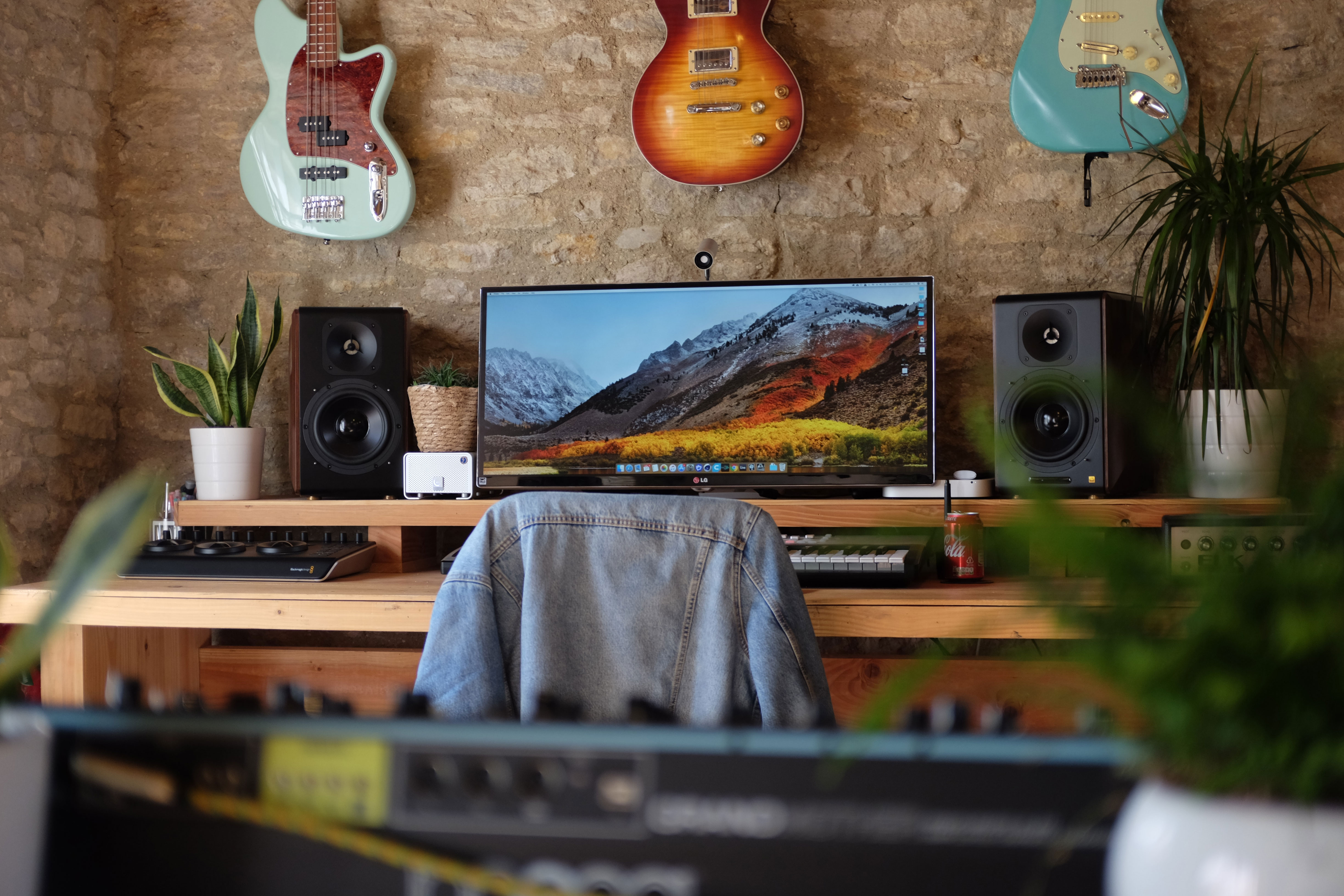
This is something you may have got just right already, but if you haven't, it's well worth thinking about. You need a good desk (these are the best desks around), with no wobbles and enough space so you don't feel cramped. It also needs to allow the monitor to be positioned well, with your eye level just below the top edge. Having trouble with monitor position? These are the best monitor arms.
Set your brightness and contrast for the ambient light in the room, to alleviate any physical stresses (decent monitor calibrator tools can support you with this). Likewise a good supportive chair, with decent breathability, adjustability and comfort is vital. You can find your perfect office chair in this handy guide.
Also adding an air-purifying plant can be a good option, as they're easy to care for and will help keep you focused. And for more on setting up your workspace, here's a bunch of office organisation ideas.
This content originally appeared in 3D World magazine . Subscribe to 3D World .
Read more:
- The best video game logos of all time
- Free 3D apps: Top options for creating 3D work
- How to sell your 3D assets online

Rob Redman is the editor of 3D World and has a background in animation, visual effects, and photography. As well as being a multi-instrumentalist, Rob is also an avid beard grower.
Related articles
how much does a game designer make in australia
Source: https://www.creativebloq.com/features/game-design-equipment